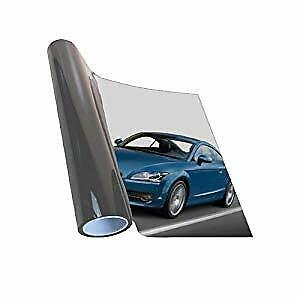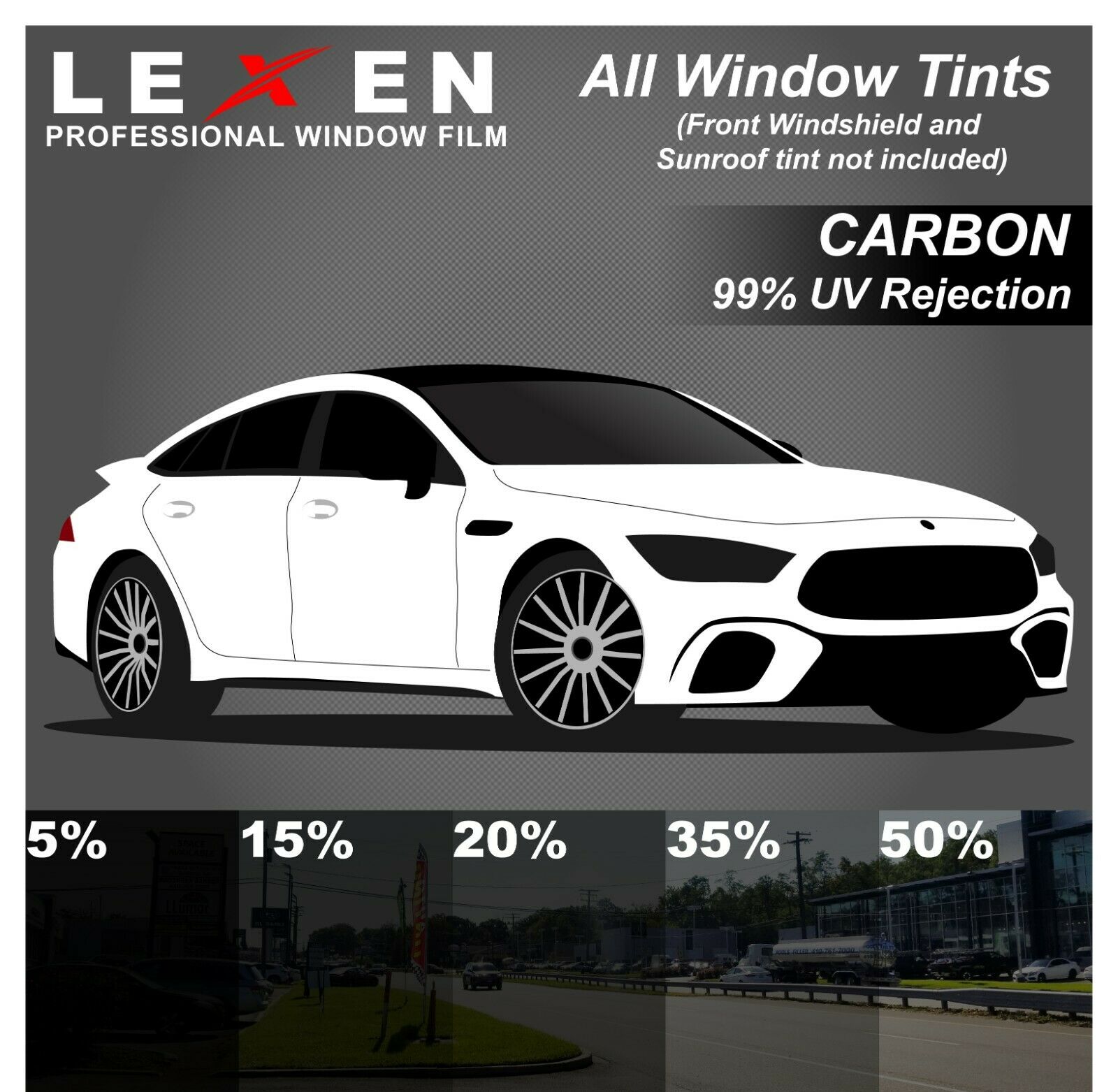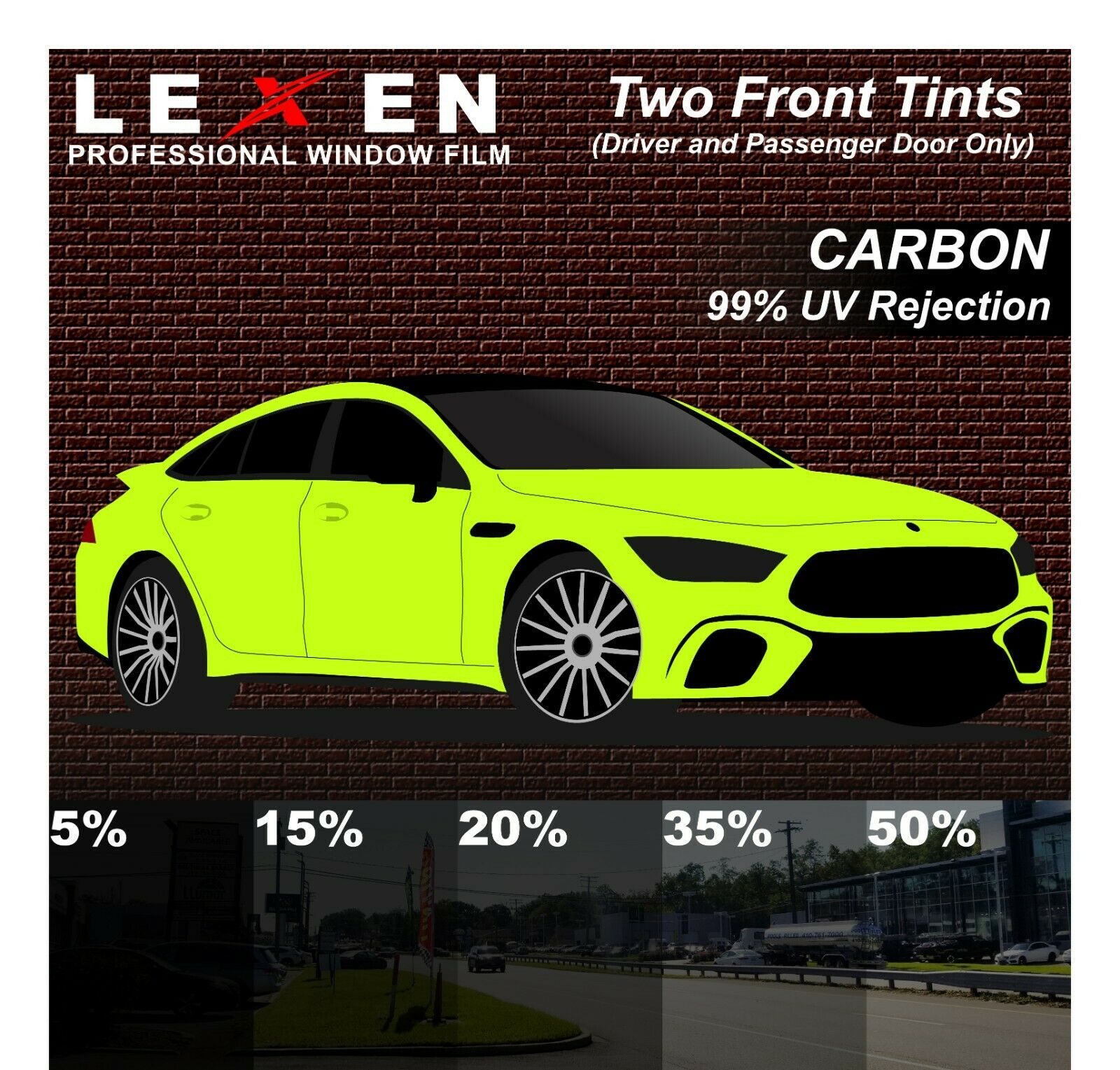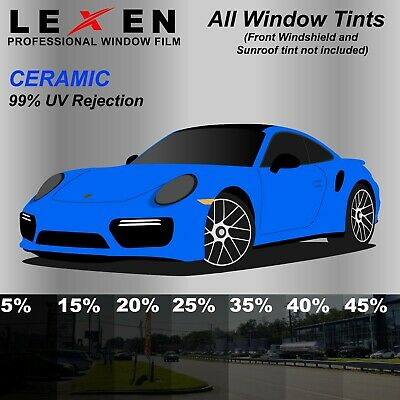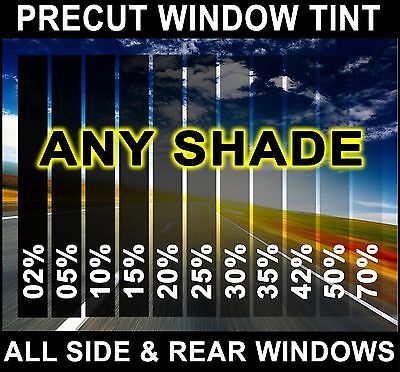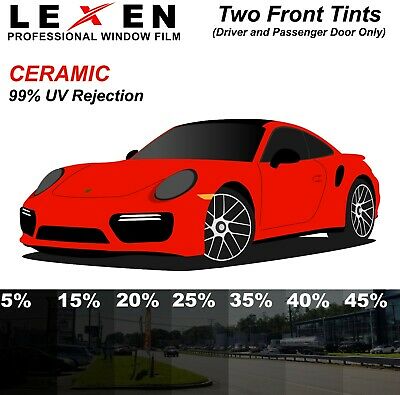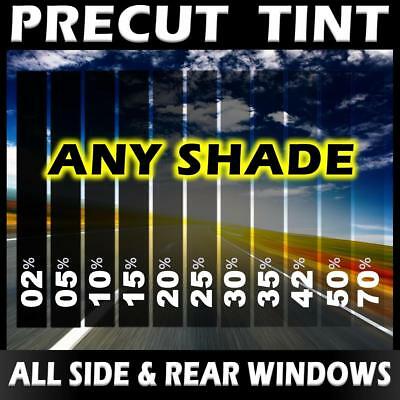-40%
50% NANO CERAMIC TINT Residential\Automotive\Commercial Window Film 40"X50'
$ 52.79
- Description
- Size Guide
Description
FREE SHIPPING!!!LIGHT 50% NANO CERAMIC TINT
Residential\Automotive\Commercial Window Film
40"X50' ROLL
Multiple quantities will be rolled as 1 continuous roll.
Advanced ceramics have been used by NASA to thermally protect the Space Shuttle Orbiter.
Now, due to nanotechnology, they are being used by window film suppliers in the manufacture of solar control window film.
Seen as the most important advance in window film since its inception in the 1960s, ceramic nano-technology is being used to manufacture films with high performance.
A ‘nano’ is a measurement unit that is one billionth of a metre, or in comparative terms, one thousandth of the diameter of a strand of adult hair. Nanotechnology is the ability to create structure and materials at the atomic level, one molecule at time.
The Nano-ceramic window films are fade and corrosion free, outlasting other conventional material (dyed and metals) based films by more than 50%.
They are ‘spectrally selective’, meaning they reject glare and block heat while providing visible light and optimum clarity. Their heat control properties can only be exhibited at nano-scale, and the precision of the manufacturing process results in an ultra-thin layer with even thickness to achieve a uniform, neutral colour tone and performance.
Traditional ceramics encountered every day like bricks, roofing tiles, wall tiles and dinnerware are manufactured by applying heat to processed clays.
A new class of advanced ceramics was developed in the 20th century, using advanced materials and manufacturing processes.
Examples include bio-ceramics, coatings on cutting tools, engine components, industrial wear parts, insulators, substrates, etc.
The thermal control capabilities of advanced ceramics make it a preferred material of NASA in the development of reusable space shuttles. A precise and complex method known as wet chemical processing is used to manufacture advanced ceramics.
Companies have spent millions developing the technology over many years, and closely guard specific manufacturing techniques.
The Nano-ceramic particles are created when microscopic compounds are formed between metallic and non-metallic elements, both with strong chemical and physical bonds.
One such compound commonly used in the manufacture of window film is Titanium and Nitrogen, TiN, an ideal ceramic for solar control.
A precise, thin layer of the ceramic is deposited on polyester in a high tech sputtering process (traditional films use a dyeing and metalising process).
The Nano-ceramic films are often more expensive than conventional alternatives as a result of this detailed process. There is no difference in the manufacturing times, and all methods adhere to the strict environmental regulations of the country of manufacture.
Rob Hamilton adds, “Window films manufactured using nanotechnology are available in Australia for automotive window film (for your vehicle) or flat glass window film (for your home or office)."
Solar heat control window films, including those created using ceramic nanotechnology, help bring new and existing homes in line with energy requirements set in the Building Code of Australia. As window film can be retrofit, it is a much cheaper and easier option than buying and installing new windows.
